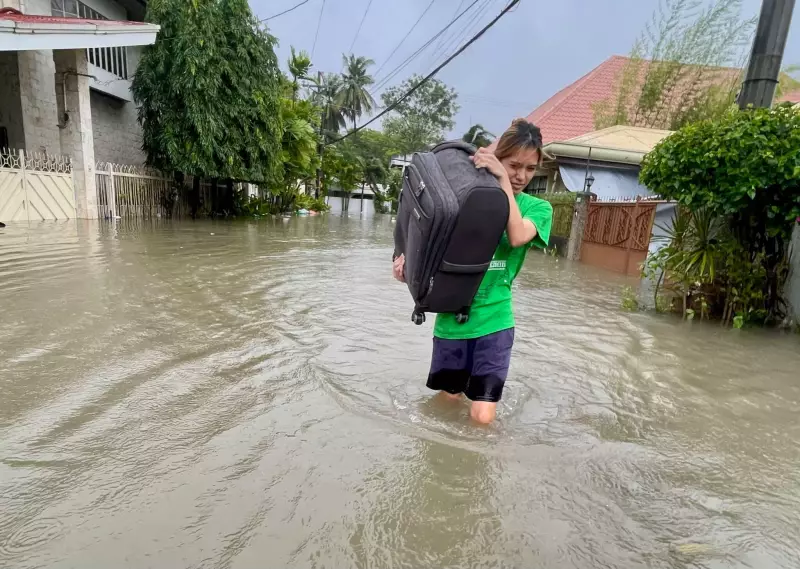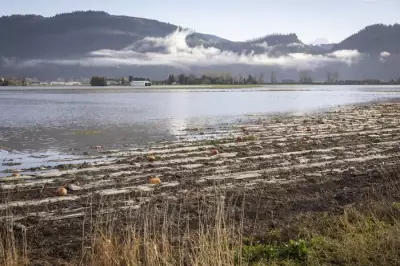
Central Philippines is reeling from the devastating impact of Typhoon Kalmaegi, which swept across the region with ferocious intensity, leaving at least one person dead and triggering catastrophic flooding that forced thousands to flee their homes.
The powerful storm system made landfall with sustained winds reaching 75 kilometers per hour and gusts up to 90 kilometers per hour, according to meteorological authorities. Emergency services reported widespread damage to infrastructure, including downed power lines, destroyed homes, and impassable roads.
Emergency Response in Full Swing
Rescue teams worked tirelessly through dangerous conditions to reach stranded residents in flooded communities. "We are prioritizing the evacuation of families in low-lying areas and coastal villages," stated a local disaster management official. "The rapid rising of floodwaters has caught many communities off guard."
Multiple provinces declared states of emergency as the typhoon:
- Forced the closure of schools and government offices
- Caused widespread power outages affecting thousands of households
- Disrupted transportation with cancelled flights and suspended sea travel
- Damaged agricultural lands and fishing communities
Climate Change Connection
Meteorologists note that the increasing frequency and intensity of tropical storms in the region aligns with climate change predictions. The Philippines experiences approximately 20 typhoons annually, but scientists warn that warming ocean temperatures may be contributing to more powerful storm systems.
Environmental experts emphasize that developing nations like the Philippines face disproportionate impacts from climate-related disasters, despite contributing minimally to global carbon emissions.
As Typhoon Kalmaegi moves westward, authorities continue to monitor the situation closely, warning residents of potential landslides and additional flooding in vulnerable areas. Recovery efforts are expected to extend for weeks as communities assess the full extent of the damage.





